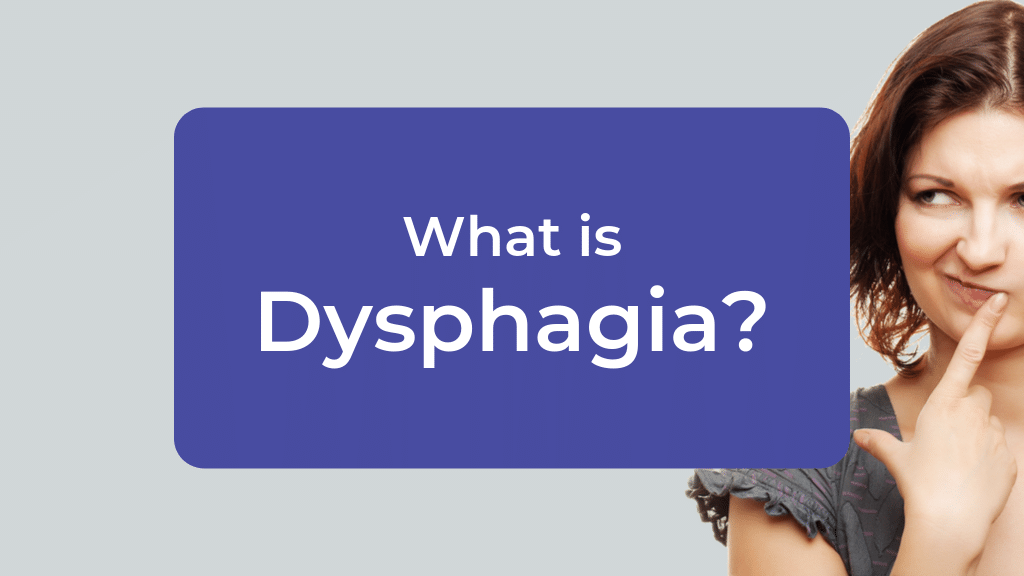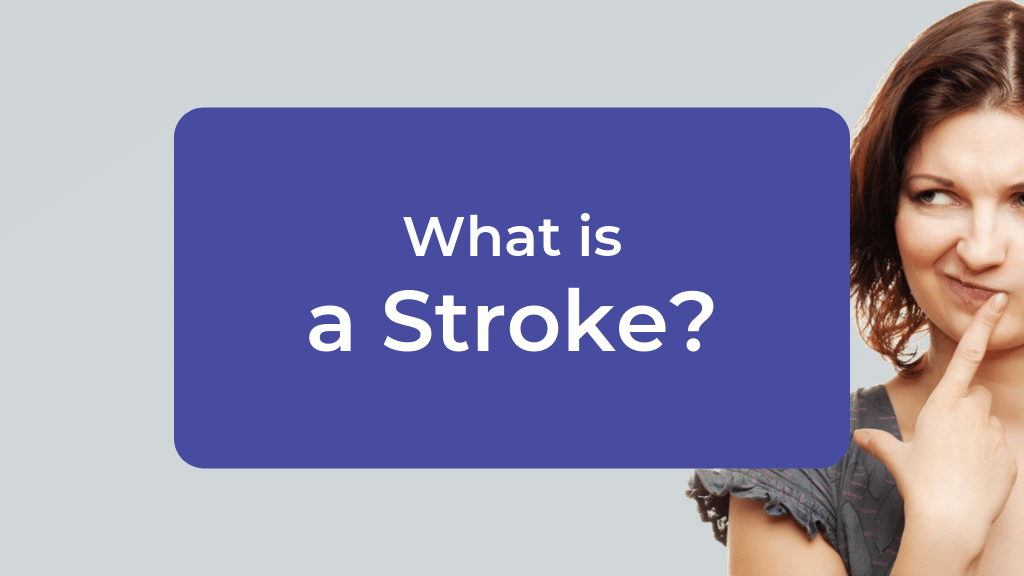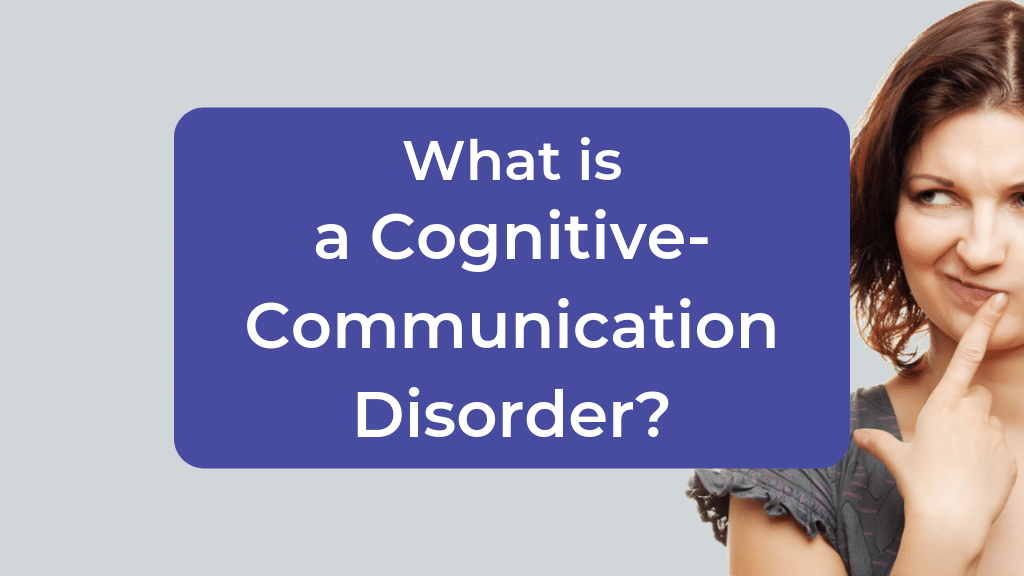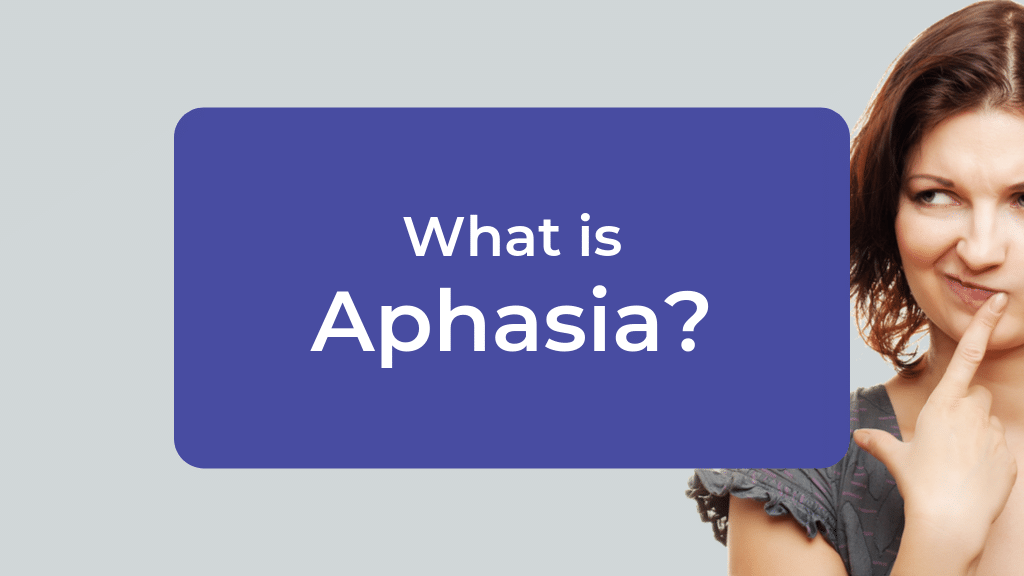What is
Global Aphasia?
6 min read
Aphasia is a communication problem that occurs after a stroke (or other brain injury) that makes it difficult to talk or understand language to varying degrees. In this post, we’ll take a look at the most severe type of aphasia in more detail: global aphasia.
Global Aphasia
People with global aphasia have severe language difficulties with impairments to both receptive (taking information in) and expressive (getting information out) communication skills. These difficulties span all aspects of language – reading, writing, speaking, and understanding spoken word – making functional communication very challenging indeed.
Often, global aphasia is accompanied by a weakness or paralysis on one side of the body (usually the right side), known as hemiparesis. Apraxia of speech, emotional lability (difficult regulating emotions), and depression can also co-occur.
Download a Free Patient Education Handout about Global Aphasia
Get your free PDF summarizing what global aphasia is, what you might notice, & how you can help. A perfect handout for families.
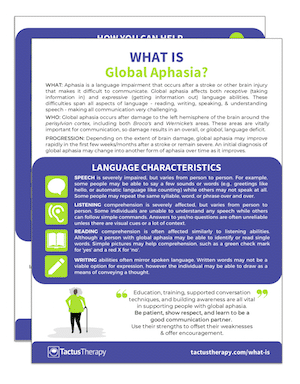
In addition to receiving your free download, you will also be added to our mailing list. You can unsubscribe at any time. Please make sure you read our Privacy Policy and Terms & Conditions.
Why it’s Called Global Aphasia
People with global aphasia have suffered damage to the perisylvian cortex (the brain tissue around the Sylvian fissure that divides the frontal and temporal lobes), which includes both Broca’s and Wernicke’s areas. These areas are vitally important for verbal communication, such as understanding spoken and written language, using grammar and syntax, and producing words and sentences. The result is an overall, or global, language difficulty affecting the production, comprehension, and repetition of the spoken and written word.

Depending on the extent of damage to the language areas of the brain, global aphasia may improve rapidly in the first few weeks or months after a stroke. An initial diagnosis of global aphasia may change into another form of aphasia over time. Comprehension will often improve the most, sometimes enough that the global aphasia turns into a severe form of Broca’s aphasia. However, in other cases, lasting global impairment may persist.
Expression in Global Aphasia
Although global aphasia is a severe language impairment, levels of severity can vary from person to person. For example, some people with global aphasia may be able to say a few sounds or words such as spontaneous greetings, “yes” and “no” (although their response may not always be accurate), or automatic language (e.g. songs, days of the week, counting). On the other hand, some individuals with global aphasia may not be able to say any sounds or words at all.
Apraxia Therapy may help people with global aphasia to say sequences and short phrases using video modelling. Other Tactus apps, such as Language Therapy 4-in-1 and Category Therapy are great therapy tools for improving global aphasia.
Some people with global aphasia repeat a combination of sounds, a word, or a phrase over and over again. This is called a verbal stereotypy and is used as an attempt to communicate. The person with global aphasia may vary the intonation or prosody of the stereotypy to sound very conversational. While the words or sounds do not have literal meaning, by listening to how they say the stereotyped utterance (rather than what they say), you can often understand the emotion or intent of the verbalization.
Comprehension in Global Aphasia
Comprehension is severely affected, but varies from person to person. There are some individuals with global aphasia who are unable to understand any speech at all. Others may be able to follow personally relevant conversation or questions comparatively well. In particular, names of places may be especially strong, while body parts are often exceptionally poor.
People with global aphasia often appear to understand better than they do, answering many yes/no questions appropriately in conversation. They become very good at reading the face or tone of voice of the person asking the question, and use these as clues for the right answer. For example, a friendly “You’d like some water, right?” will often be answered in the affirmative. But asked in the same way, “You’d like some lava, right?” could get the same enthusiastic response. A formal test of comprehension, given without context or clues, will more accurately assess how well the person is truly understanding.
Comprehension Therapy and Category Therapy are two good apps to use to both assess and work on improving comprehension in people with global aphasia.
Challenges of Global Aphasia
While most people with global aphasia are socially appropriate, attentive, and willing to participate in therapy tasks, this is not always the case. The amount of brain damage that causes global aphasia can also impair other cognitive functions besides language. If there is a co-existing cognitive deficit, there may be difficulty with attention, memory, problem solving, or learning.
The person may have limited insight into the extent of their difficulties, making it tricky for them to self-monitor their own communicative behaviors or even understand why they need therapy at all. If the person with global aphasia is feeling depressed, it can be difficult to motivate them to participate.
Goal setting with this client group can be a challenge due to the severe language impairment. It is important to consult with family members, friends, and caregivers in this process. Functional goals to improve quality of life and relationships are often best, especially when there is reduced insight into the problem.
While many family members ask for a device or app that will help their loved one talk again, the degree of language and cognitive impairment often makes using such a device impossible – though there are tools that can help, with the right training.
What You Can Do to Help Someone with Global Aphasia
Education, caregiver training, supported conversation techniques, and building awareness are all vital in supporting people with global aphasia. You may also want to consider using the following tips to support conversation with someone with global aphasia:
- Pay attention to facial expressions, intonation patterns, tone of voice, and gestures. These can provide a great deal of information about how a person with global aphasia is feeling or what they might be trying to communicate.
- Gently touch their arm to gain their attention before talking.
- Use simple sentence structures when talking, repeating and writing down key words.
- Use objects of reference. For example, when asking if they want a drink, show them their cup.
- Use gestures to support your spoken communication.
- Provide communication “ramps” to support expressive and receptive communication, just as you would provide a physical ramp for someone using a wheelchair. Communication ramps may include objects, pictures, maps, or calendars, as well as tools such as pen and paper.
- Offer choices using pictures, words, or objects to support understanding, expression, and decision-making.
- Minimise distractions and allow time for the person to respond.
- Don’t ask “quiz” questions (i.e. questions like “Is your name John?”). This can feel demeaning and be confusing. Ask questions, using supports, that elicit new information, such as needs, feelings, or preferences.
- Even if the person cannot fully understand or respond, don’t speak as if they’re not there. They may understand more than you realize, and they pick up on non-verbal cues. Engage the person as much as you can so they do not feel ignored or unimportant.
Speech Therapy for Global Aphasia
Speech and language therapy can be effective in improving functional communication skills, positively impacting well-being, and helping people with global aphasia participate more in their daily lives. A speech-language pathologist can help to train communication partners in techniques to help alleviate some of the frustration that frequently accompanies global aphasia.
The book “Working with Global Aphasia: Theory and Practice” by Sharon Adjei-Nicol is an excellent resource for speech-language pathologist treating people with global aphasia.
Ask your SLP about therapy apps and other tools that can aid communication after a stroke. Or check out the apps and adaptations for severe aphasia in this article:

Using Speech Therapy Apps to Treat Severe Aphasia
For those with severe aphasia, including global aphasia, use these apps in this way to help restore the basic building blocks of language and communication.
9 min read
Download the free Lite versions of our aphasia apps to try with your loved one or patient with global aphasia.




